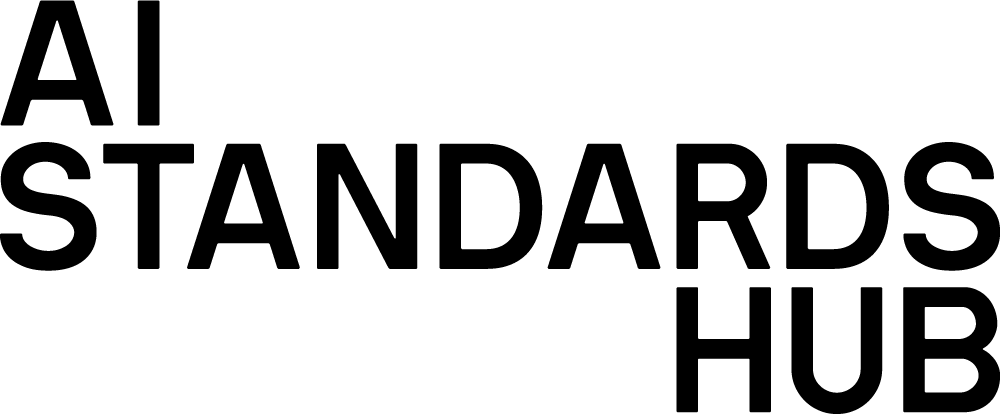2. Different types of standards
Standards are used across a broad range of sectors and application areas. They can be used to codify technical specifications regarding the measurement, design, or performance of products and systems, as well as the impacts or efficiency of broader processes or services.
Standards can be as straightforward as providing simple metric definitions, such as the Ö2:1 ratio that underpins the standardised format of A4 and related paper sizes that have been adopted in many countries across the world. But standards can also provide guidance on complex, context specific processes such as managing organisations’ environmental and societal impacts and responsibilities.
As a result, there are many different types of standards, written for a variety of purposes, including:
Setting common terms and definitions
Foundational and terminology standards provide shared vocabularies, enabling effective communication between stakeholders on a given topic. They help to build a common language by setting out agreed-upon terms and definitions. These standards also provide the foundations on which other standards can be built.
Foundational and terminology standards for AI
Foundational and terminology standards are being used to set out key concepts and terminology for artificial intelligence (AI). These standards will be used to support the development of other standards for AI and to support communication between diverse stakeholders developing or impacted by AI. (See example)
Defining processes and approaches
Process and management standards define organisational processes and approaches. For example, providing repeatable guidance for risk management procedures or outlining factory best practices to ensure that the food that ends up in our supermarkets is safe to eat.
Process and management standards for AI
Process and management standards are being adapted for the AI context to set out repeatable guidance, for example for risk management processes or transparency reporting. (See example)
Standardising test methods and performance requirements
Product testing and performance standards set out repeatable methodologies and requirements to test the quality, safety, and performance of products and processes. For example, testing medical devices and determining the accuracy thresholds at which devices can be deemed safe for use in healthcare.
Product testing and performance requirements for AI
Product testing and performance standards are being used to benchmark AI system performance and set out requirements for robustness and security. (See example)
Defining metrics and reference points
Measurement standards set points of reference upon which measurement equipment, testing, and performance standards can be built.
Measurement standards for AI
Measurement standards are being defined by organisations such as the UK’s National Physical Laboratory (NPL) to underpin performance and testing requirements for AI. (See example)
Setting out requirements for compatibility and interoperability
Interface and networking standards ensure that products and systems can work together, increasing the scope and usability of products and systems, and reducing waste and duplication.
Interface and networking standards for AI
Interface and networking standards are being developed to ensure that AI-based products and services are interoperable and available internationally. (See example)


